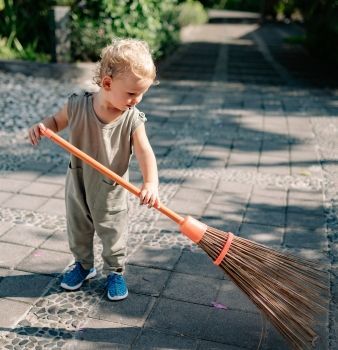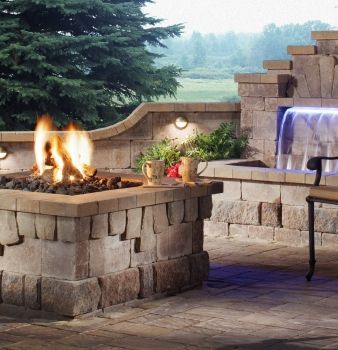
7 PROJECTS TO SQUEEZE IN THIS FALL
By Jeff Posted September 14, 2015


7 PROJECTS TO SQUEEZE IN THIS FALL
By Jeff Posted September 14, 2015 In Blog
Soon the kids will be going back to school and the fall season will be upon us. That only means one thing, summer is over. As fall approaches, so does relief from the summer heat. This makes for the perfect time to start thinking about how the change of seasons will translate into changes in your landscaping. Adjusting your landscaping practices now will pave the way for a smooth transition for your plants and keep the work from piling up around the first frost. It could even give you some time to squeeze in a few last minute projects.
CORE AERATION
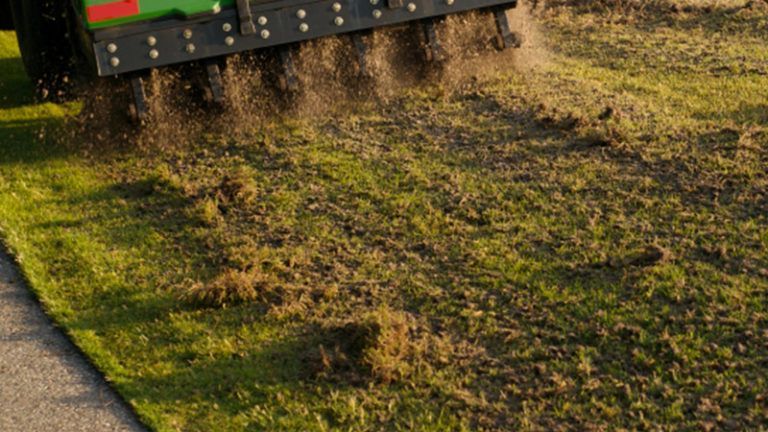
You’ve seen a recently aerated lawn as small plugs of soil can be seen at the surface level, exposing layers of soil below. Aerating your lawn as plenty of benefits including; relieves soil compaction, helps manage thatch, improves penetration of air, water and nutrients into the soil, and stimulates growth. Timing is critical when you’re thinking about aerating your lawn. Fall is the preferred time of year as it allows time for recovery prior to dormancy.
GET AHEAD OF THE GAME
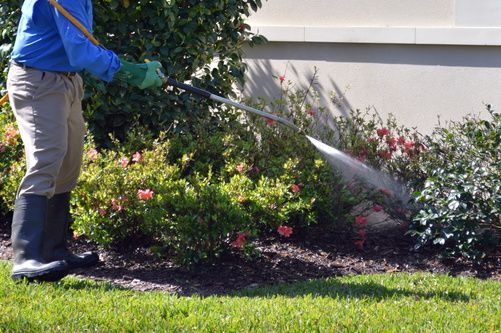
Damage from pests such as chinch bugs, mole crickets and ants rear their ugly head after mid August. Grubs can be especially problematic. In the spring, grubs are usually too mature to be controlled by pesticides. Rather that do it in the spring, check in late summer and early fall to determine if treatment is necessary while grubs are still small enough to control.
CHOOSE BULBS
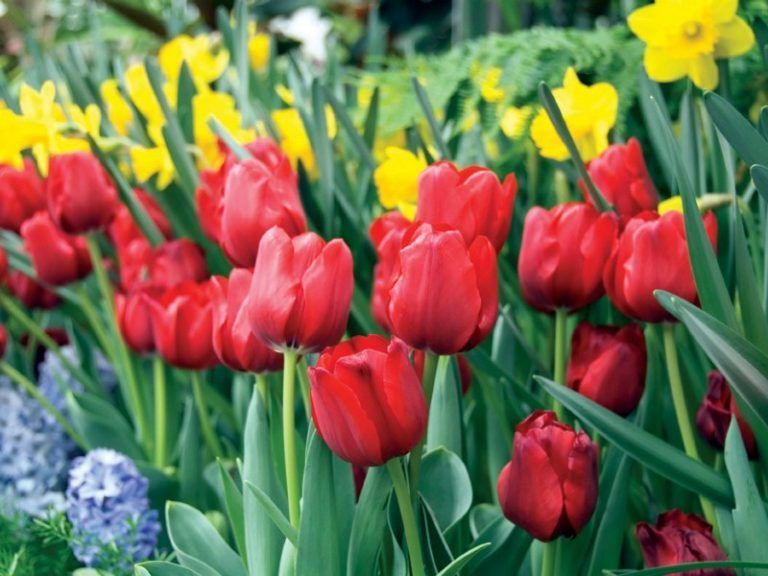
Flowering bulbs are the surest sign that spring has arrived, with some bulbs even blooming when there’s still snow on the ground. If you want to usher spring in with a burst of color, you need to plan ahead because these bulbs must be planted in the fall.
GOOD TIME FOR PLANTING
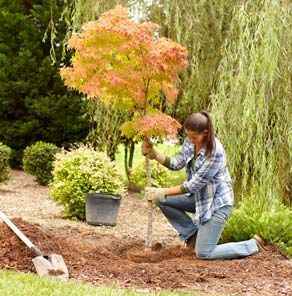
Fall really is the time for planting because it has distinct benefits. Autumn’s cooler air temperatures are easier on both plants and gardeners. The soil is still warm, allowing roots to grow until the ground freezes. In the spring, plants don’t grow until the soil warms up. Also, fall has more good days for planting than spring does, when rain and other unpredictable weather can make working with soil difficult.
EMBRACE FALL COLORS
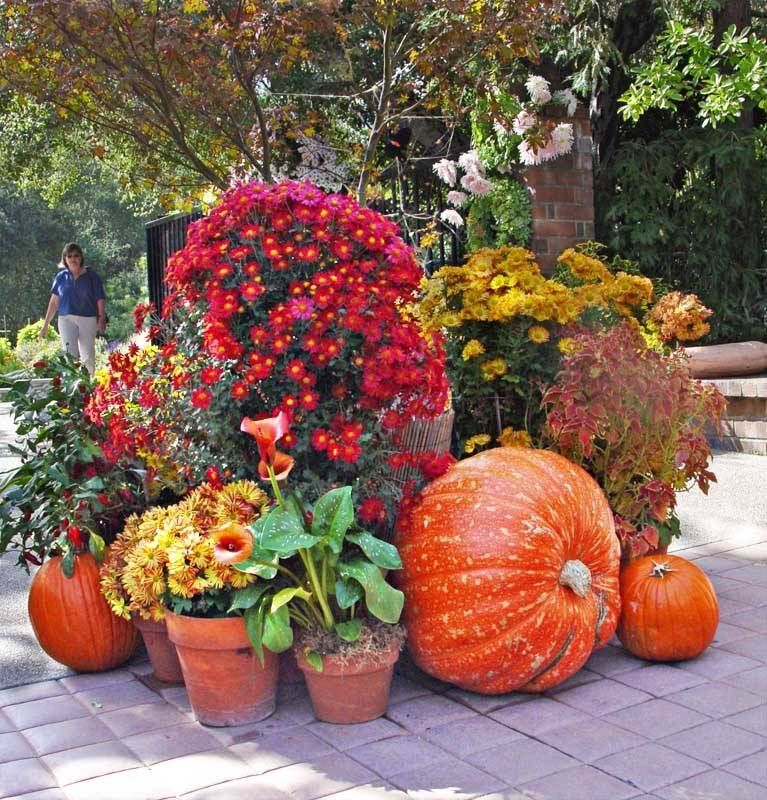
Like your wardrobe changes with the seasons, so can your landscaping. Embrace the season of fall with a different splash of colors. Sumac’s are a great for fall foliage and fuzzy red berry clusters that linger through the winter. Mums are another great options since they have the classic autumn hues of orange, gold and bronze.
ADD OUTDOOR LIGHTING

Enhance the nighttime curb appeal of your home with landscape lighting. These lights are perfect for lighting up steps, trees, stonewalls, fences and other prominent landscape features. And because many of the systems operate on only 12 volts of electricity, it’s completely safe for do-it-yourself installation.
PREPARE YOUR EQUIPMENT
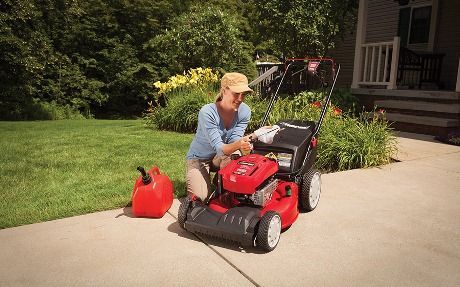
Gas powered lawn mowers and trimmers take their share of abuse during the warm months, so it’s important to pay attention to them at the end of the season. Replace the oil, spark plugs and air filters on mowers and apply some grease to grimy recesses before storing them for the winter.
Wrapping up your summer projects and tackling some smaller ones in the fall will make you even more ready for spring. It will also make sure your house maintains that curb appeal and preserve all the hard work you put in during the previous summer.
RECOMMENDED POSTS
